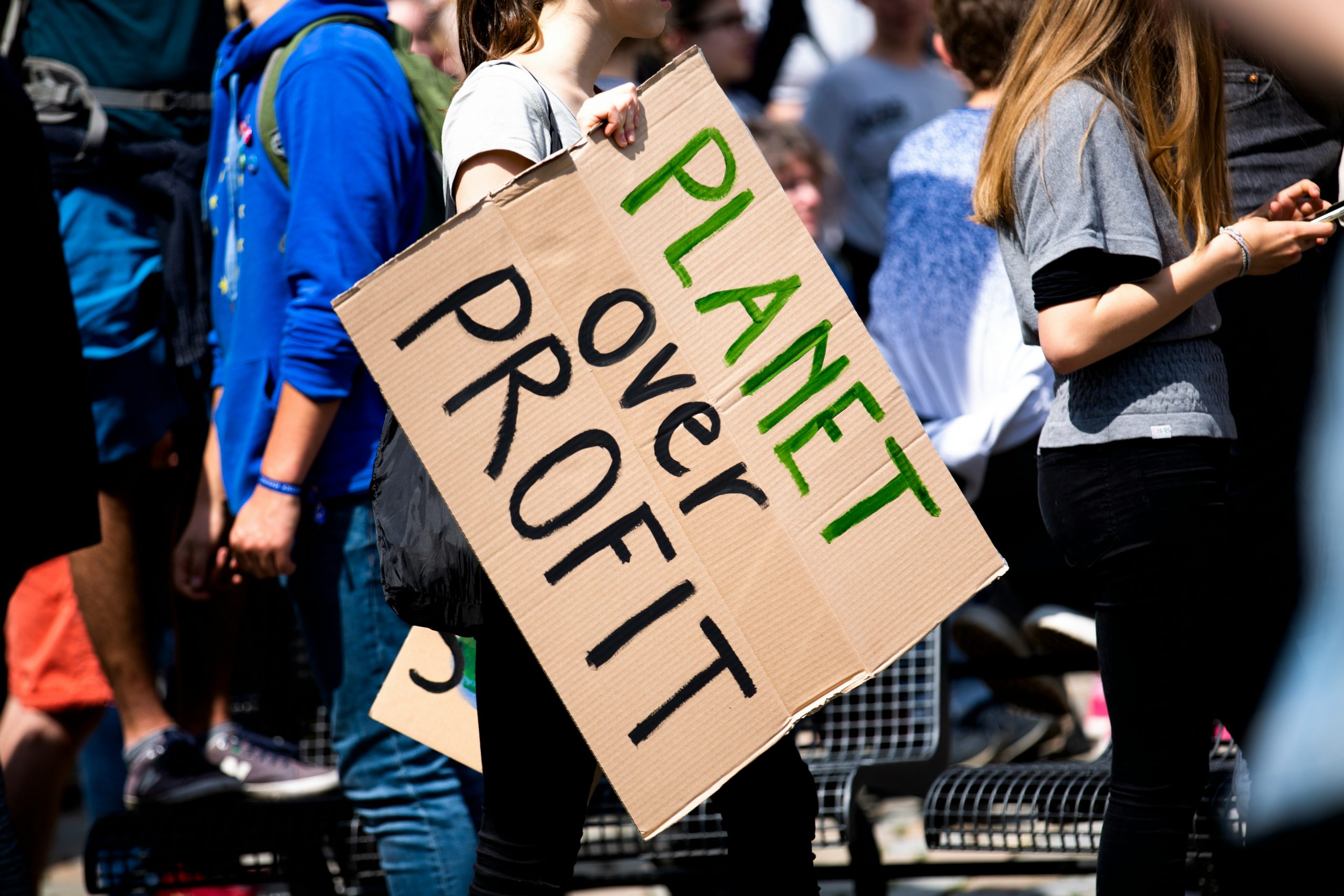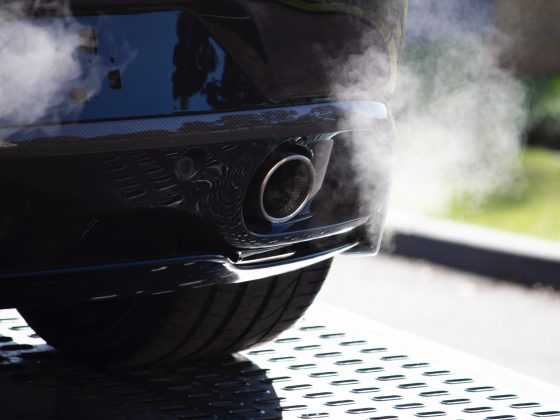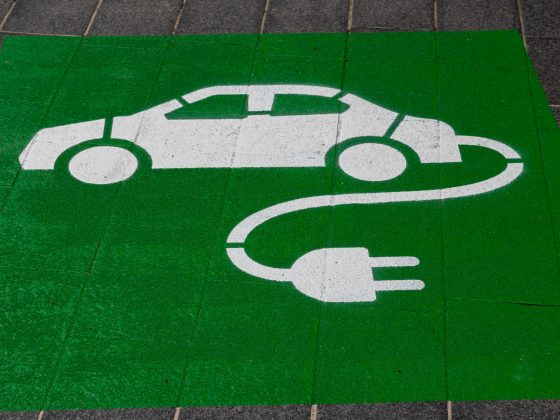Companies are using some environmental regulations to weaken others. Here’s how European car makers watered down the EC’s vehicle emissions standards.
2026 will see the roll-out of the Euro 7 vehicle emissions standards. In their original ambition, the standards aimed to curb emissions from road transport to improve air quality in the public interest. However, the legislative process resulted in a regulation that sets exhaust emissions limits essentially unchanged from previous standards. Nitrogen oxide (NOx) caps in the standard replicate those of Euro 6, namely 60 milligrams per km for petrol cars and 80 mg/km for diesel cars, as well as simply maintaining the same levels for particulates, carbon monoxide, and hydrocarbons.
The cost of this watering down is significant in terms of environmental and human damage. Road transport remains the largest emitter of NOx in the EU-27, emitting about 75% of the NOx emissions from the sector of transport in 2022, which alone accounts for about half of total NOx produced in the EU. NOx remains one of the most important environmental health risk actors in Europe, contributing in particular to respiratory and cardiovascular diseases.
The car lobby is back
Commentators reported that the watering down was mainly due to the fact that the “car lobby is back.” This was because the European automotive industry had been grappling with a lack of legitimacy in advancing its political opinion on EU policy files because of the fallout from the earlier Volkswagen emissions scandal.
In the years following the scandal, EU policy-makers were able to swiftly pass long-awaited laws governing automotives, for instance about real driving emissions measurements and market surveillance. It is in these same circumstances that the European Commission initiated work on the Euro 7 in 2018 and in 2022 and came up with a proposal that provided a meaningful reduction of pollutant emissions from road transport.
While the EU was working on Euro 7, however, it was also working on the revision of the Regulation on CO2 emissions. Since 2021, it has been discussing an amendment to strengthen the CO2 performance of new cars and vans and bring it in line with climate neutrality goals.
The two legislative files were handled separately, as they had historically been conceived as addressing two interlinked but different matters: air pollution (Euro standards on pollutant emissions) and climate change (CO2 standards). The Euro 7 was prepared by the Directorate-General for Internal Market, Industry, Entrepreneurship and SMEs (DG GROW) in the European Commission while the CO2 amendment was managed by the Directorate-General for Climate Action (DG CLIMA).
Just a few days after the publication of the Euro 7 Proposal, the EU reached a final agreement on the CO2 Regulation. The agreement is publicly known for setting a 100% CO2 emissions reduction target for cars and vans from 2035 onwards and for being the biggest regulatory push towards the electrification of mobility worldwide.
This amendment shook the automotive industry as a whole. It imposed the first radical transformation in automotive technology in 100 years, since the internal combustion engine had become the dominant design worldwide. It also caused the disruption of the relationship between automakers and EU policy makers and with automakers’ own representatives. Some members of ACEA, the European Automobile Manufacturers’ Association, even ended their membership with the association because they felt it was not able to defend their interests in the CO2 negotiations.
This turmoil also marked a turning point in the position of European car manufacturers towards other pollutant emissions. They moved from preferring a weak Euro 7 to unequivocally and unconditionally opposing any further controls on exhaust emissions for passenger cars. They became more vocal than before in saying that Euro 7 was “useless” after the decision on phasing-out emissions-producing engines from 2035. Car makers also entered discussions with European States that had a strong automotive industry and threatened them of scaling back business if they allowed the reduction of pollutant emissions. The car lobby was definitely back.
The renewed advocacy strategy of the car lobby based on the CO2 regulation led to the formation of a coalition of EU Member States ready to vote against Euro 7 in the Council of the EU if they put forward a Euro 7 text containing exhaust emissions reduction. When the coalition gained the majority of votes, it controlled the deliberation of the legislative process as a whole and imposed a no-deal convergence on their position.
Lessons learnt
Spillovers in multilevel negotiations are a normal phenomenon. However, a close look at the Euro 7 case shows that the CO2 amendment was fundamental to weakening the Euro 7 file. The adoption of the amendment impacted a very concrete element of EU legislative processes: the cost-benefit calculations that the EU institutions conducted to ensure the feasibility of new emissions standards. The CO2 amendment actually forced the cost-benefit analysis for Euro 7 to be adjusted to a time horizon of 2035, which was when the phase-out of pollution-emitting vehicles was set by the new CO2 standards.
This change meant that the cost-benefit analysis now incorporated heavily reduced environmental and health benefits, while maintaining the same economic costs. For this reason, opponents of the Euro 7 felt they could rightly state that it was “useless” even if, normally, the benefits of a regulatory intervention of this kind are visible (and thus calculated) on a time horizon of multiple decades rather than just one.
We live in a time in which the EU is actively reaffirming its control on the governance of business conduct through an increase in regulation. However, the Euro 7 case underlines that this may also inevitably lead to an increase in spillover effects in the business influence over interlinked regulations. This calls for a renewed understanding of the strategies through which corporate groups manage to see their interests represented in sustainability regulation (see also the weakening of the Industrial Emissions Directive, the Corporate Sustainability Due Diligence Directive, the Packaging and Packaging Waste Regulation, to name a few).
Euro 7 also urges us to reflect on whether the organization of EU legislative processes as it is today is suitable to protect the public interest. Should it be handling interlinked files separately, when there is a clear advantage in terms of realized ambition of those that come first? Some may argue that the final form of the Euro 7 regulation is the normal result of multilevel negotiations. But this poses major challenges if related to the current risk of postponement of the 2035 deadline for the phase-out of emissions-producing vehicles.
A revision of the CO2 regulation is indeed set for 2026 and automotive actors have started advocating for relaxing the 2025 CO2 compliance burden and a later implementation time of the 2035 phase-out of internal combustion engines. If this scenario happens, European air could be polluted by exhaust emissions from the sale of new cars for considerably more than the 10 years that we can currently anticipate.





















